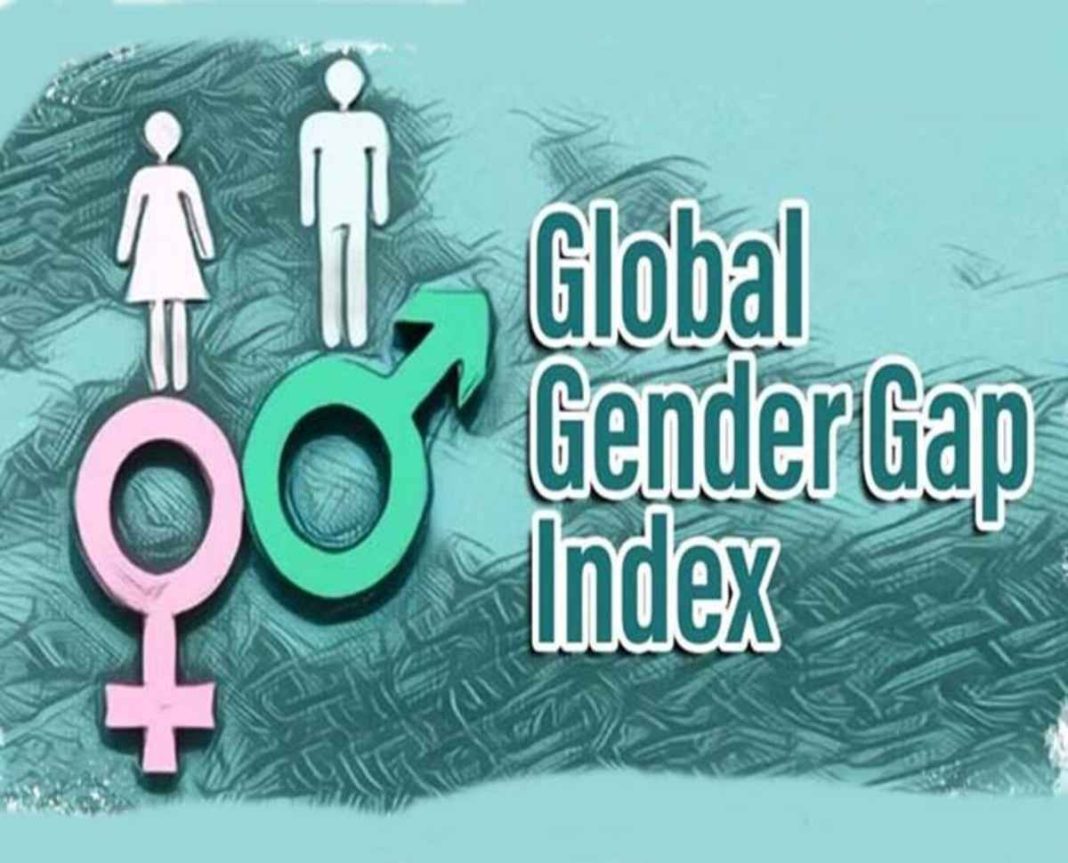India’s ranking in the World Economic Forum’s Global Gender Gap Index has slipped significantly. In the 2025 edition, India stands at 131st out of 148 countries, reflecting a drop largely driven by setbacks in political empowerment. Despite modest gains in economic participation, education, and health, gender parity in political representation remains a critical concern.
Current Gender Gap Index
India has made progress in narrowing the gender gap across various sectors. However, the sharp decline in political empowerment paints a concerning picture. The representation of women in Parliament has decreased from 14.7% to 13.79%, while women in ministerial roles fell from 6.45% to 5.56%. These declines highlight persistent barriers to gender equality in leadership positions.
Women’s Reservation Law: A Step Forward
To address these imbalances, a landmark law was passed in 2023, mandating 33% reservation for women in the Lok Sabha and State Legislative Assemblies. Scheduled to take effect in 2029, following the next Census and delimitation exercise, the legislation has a 15-year validity. While promising, this raises concerns about the long-term sustainability of women’s political participation.
Historical Trends in Women’s Political Representation
The presence of women in Indian politics has shown fluctuating trends. In the 1977 Lok Sabha, women held just 3.4% of seats, which rose to 14% by 2019. In 2023, only 9% of State MLAs were women. While Chhattisgarh led with 18% representation, several states reported zero women MLAs. The new reservation law seeks to correct this imbalance.
Growing Influence of Women Voters
Since India’s first general elections in 1952, the number of women voters has surged, even surpassing male voters in recent polls. This demographic shift has made women a central focus of electoral strategies, with parties launching welfare schemes aimed at them. Yet, this rise in voter turnout has not translated into increased political representation.
Candidate Selection: A Persistent Hurdle
Despite their electoral significance, women continue to be underrepresented in party nominations. Many are fielded only in reserved constituencies for Scheduled Castes or Tribes, limiting their exposure in general seats. Although data shows women candidates often have a higher win rate, they struggle to get past the party gatekeeping stage.
Looking Ahead: Opportunities and Obstacles
The 33% reservation law holds the potential to reshape India’s political landscape. However, its success hinges on political will and party-level reforms. Elevating women from local governance to state and national leadership will require deliberate pathways and long-term commitment beyond legal quotas.



